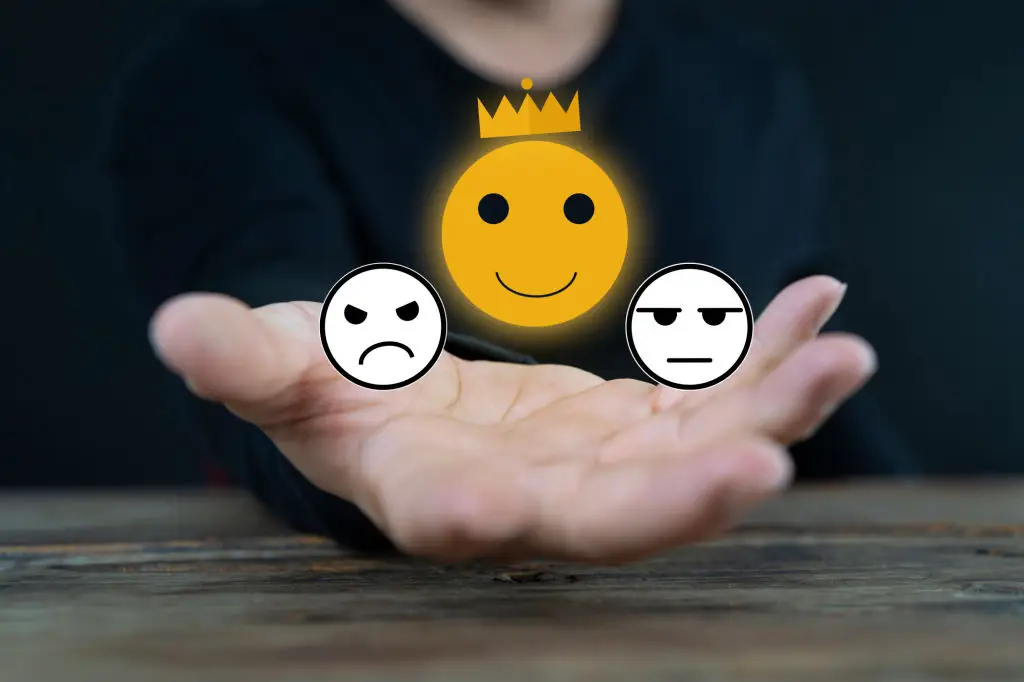12 Ways the Loneliness Hormone Fuels Inflammation and Disease
9. Mental health cycles that feed physical illness

Loneliness raises the risk for depression and anxiety, and those mood disorders in turn increase inflammatory signaling and disrupt hormones like cortisol. That creates a self-reinforcing cycle: loneliness worsens mood, mood disorders amplify physiological stress, and increased inflammation makes recovery harder. The cycle helps explain why loneliness shows up in so many medical conditions, from heart disease to metabolic problems. Breaking the cycle helps both mental and physical health. Effective strategies include talk therapies that focus on social skills and cognitive patterns, group-based interventions that combine activity with interaction, and clinically indicated medications when appropriate. Importantly, small, consistent social practices — a brief daily call, joining a class, or volunteering — can lift mood and reduce isolation without requiring large time commitments. Framing these actions as self-care, not obligations, makes them more attainable and helps chip away at the biological burden.
10. Cognitive decline: inflammation and vascular pathways to dementia

Social engagement is one of the lifestyle factors that protects brain health, while loneliness is associated with higher risk of cognitive decline and dementia. The biological story likely involves inflammation and vascular changes that impair brain function over time. Chronic inflammatory signaling affects neurons and supporting cells, and vascular damage reduces blood flow to brain tissue. Both pathways make the brain more vulnerable to neurodegenerative processes. Evidence from population studies shows higher rates of cognitive decline among people with persistent loneliness or poor social networks. That means social connection is part of a broader brain-protection toolkit that also includes exercise, mental stimulation, and cardiovascular risk management. Practical steps to protect cognition include prioritizing meaningful social activities, joining peer groups, and keeping the brain engaged through learning or creative pursuits. These actions produce social, cognitive, and biological benefits that add up over the years.
